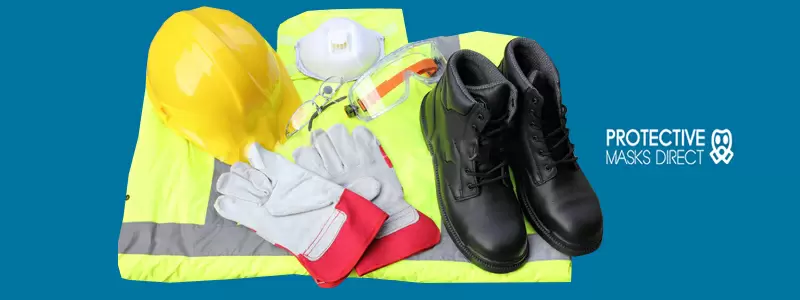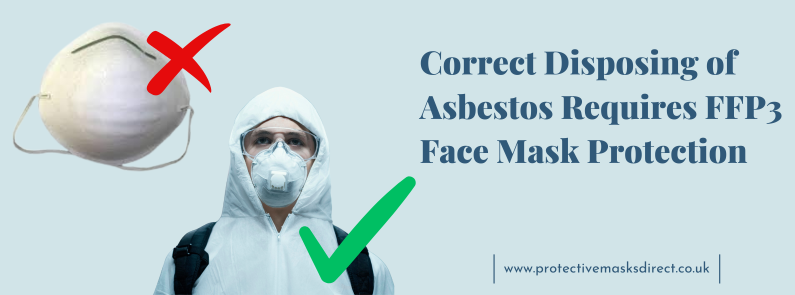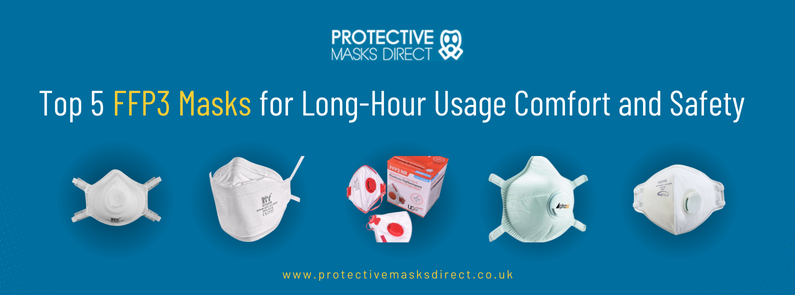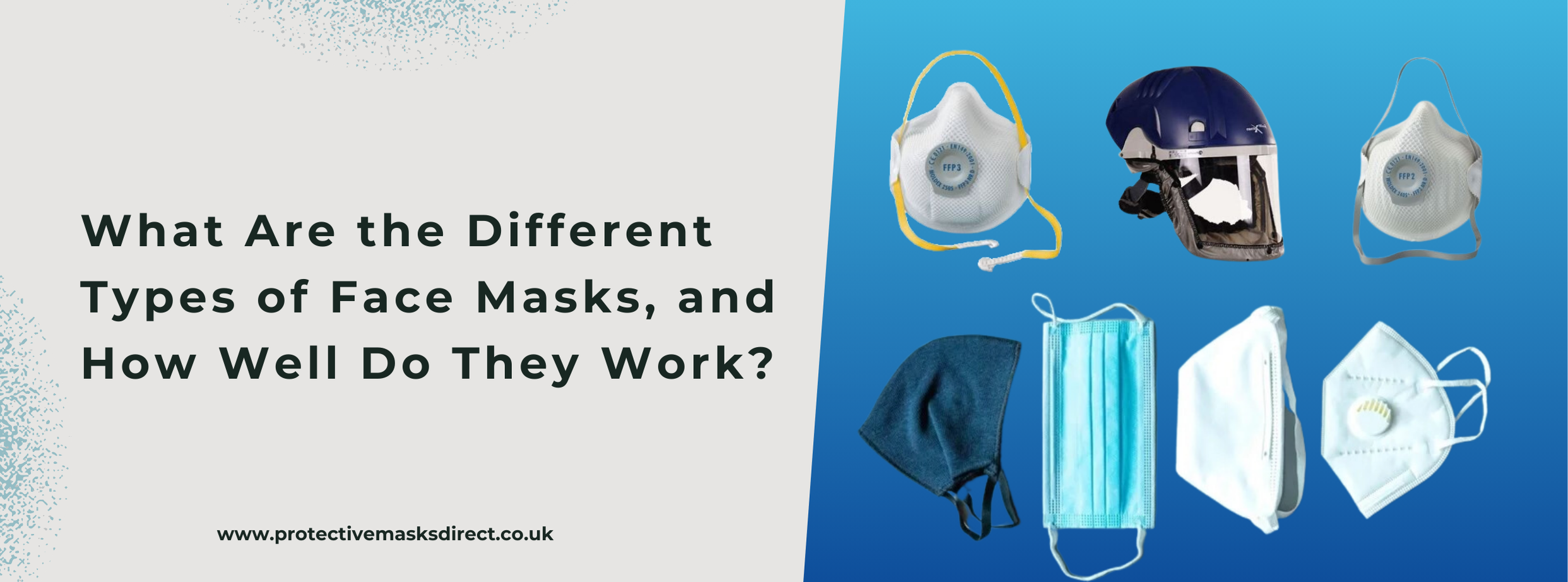
What’s PPE?
Many of the jobs require working in a hazardous environment that impose some serious threat to the health of the workers. These occupations are mainly of technicians, construction workers, electricians, medical lab technicians, mine workers, to name a few.
In addition to these, many jobs are where the workers get in direct contact of the certain chemicals like hairdressers, surgeons, etc. The risk of getting contaminated or hurt, that could lead to serious health issues or damages, is always present.
Work environments can be of any type where the workers might have to encounter extreme heat, extreme cold, dust, chemicals, toxins, fire, sprays that can possibly hurt them. The risk is there so the requirement of protection is also there. In such working conditions protection is largely achieved by the use of PPE. PPE stands for Personal Protective Equipment.
PPE is basically the protective clothing used as a measure to safeguard against the hazards of the workplace. These hazards could be environmental, physical, chemical, or bio-hazard risks. It’s the last resort for protection when nothing else can be done to make the working environment safe.
What does PPE stand for in health and safety?
- Any device, equipment or clothing that is worn for the health and safety. PPE can be used to protect the skin, lungs, eyes, hands, feet, ears, head, and the whole body. Work-related dangers come in all forms like electric shock, cuts, skin infections, impacts, entanglement in machinery, extreme temperatures, burns, noise, projectiles that could harm eyes.
- PPE stands for any equipment that is designed to protect an individual from the workplace hazard that is unavoidable and could not be controlled by any of the outside safety measures taken. So, the use of PPE (personal protective equipment) is advised as a last resolve because it has some limitations too.
- PPE only protects the wearer and only if it’s fitted properly. Theoretical levels of protection are rarely matched on a practical level. So, personal protective equipment is the last line of defense. If it is failed then the individual is entirely exposed to the particular hazard.
- One more important thing to note is that PPE should be provided free of costs by the employers to all the workers. Keeping in mind that one size doesn’t fit all proper measurement and size testing should be done.
- All PPE should be checked before usage as any damaged piece will not provide the necessary protection. Proper training should be provided to workers related to the correct usage of the equipment. It should be stored properly.
- Correct selection of PPE requires accurate assessment of the hazard so that proper personal protection equipment can be advised. This also makes sure that the use of PPE will be appropriate. Though most of them appear same they vary to a large amount in the measure of protection they provide.
The most commonly used PPE include-
Protective Clothing
It saves from toxic chemicals, pathogens, thermal extremes, molten metal splashes. It can be anything from aprons, gloves, coveralls, pants, coats, hats, hoods, etc. These are made of different kinds of materials and selected on the basis of usage.
For example, disposable suits made up of paper like material can be used for protection from dust. Rubber is used from protection against chemicals, leather is used for protection from dry heat and flame. Heavy fabrics provide maximum protection from cuts and bruises. Specially treated cotton clothing is used as heat-resistant protective clothing.
Protective clothing is very useful in providing protection against workplace hazards and they are used as asbestos protective suits, gives protection from biological infective agents, chemical and nuclear particles.
Different type of protective clothing is used in dry and wet environments based on the nature of chemical or gaseous exposure. Like dry particle suit protective clothing is efficient in providing protection against hazardous dust and particles.
Full Face Dust Mask
Full face dust mask provides protection to the whole face of users from chemicals or toxic fumes or vapors. This respirator is a tight-fitting mask that is fitted with replaceable filters or cartridges to purify the air which is attached to a face-piece made of silicon or rubber.
Many full face dust masks are the most advanced respirators available with a full range of gas and particulate filters. In addition to full face dust mask, a variety of various dust masks are available for usage in less harmful environments.
Dust masks are mainly worn for providing comfort against non-toxic dust activities. They are not efficient in providing a high level of protection and their use is not advisable in case of protection from hazardous and toxic dust, gases or vapors.
These are not NIOSH approved for protection against dangerous gases. Dust masks though in design resembles a lot with NIOSH approved respirators. But both are entirely different in usage and shouldn’t be used interchangeably.
Since dust masks are available in various styles and designs but to purchase the best dust mask from the options available you should first check for your requirement and select one that provides maximum protection. The choice of dust mask entirely depends upon the need you have and the environment you are going to use it in.
Respirator Mask
A very wide range of respirator masks are available in the market, from reusable to disposable, different respirator masks are used for different purposes. Fume respirators provide protection from welding fumes.
Respirators masks should be properly fitted on the face otherwise they will fail to provide the required level of protection. You should be very cautious while storing them. Various types of filter choices are available for respirator masks. Providing a varying degree of protection. So, these must be selected carefully.
Conclusion
Even the use of personal protective equipment doesn’t necessarily give full protection from the danger. Now you can understand how risky it is to work in such environments without using PPE. So, it is advisable that every workplace should conduct a risk assessment for health and safety and the safety measures should be followed strictly to safeguard the workers.




